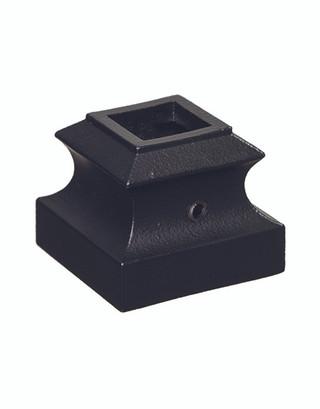
Modern interior stair railings serve a dual purpose: enhancing the aesthetics of a home while also playing a crucial role in ensuring safety during stairway navigation. Adhering to various building codes and regulations is essential to ensure that these railings meet the required safety standards.
International Building Code (IBC)
The International Building Code (IBC) is a widely recognized set of standards for construction in the United States, providing comprehensive guidelines for interior stair railings to ensure safety. Some key IBC requirements for modern interior stair railings include:
- Height and Strength: Stair railings must be a minimum of 36 inches in height from the stair tread, ensuring a secure handhold for users. These railings should have the strength to withstand a horizontal load of at least 50 pounds per linear foot, ensuring stability. To minimize the risk of accidents, the design should incorporate balusters or railing components with openings designed to prevent a 4-inch diameter sphere from passing through.
- Handrails: Handrails are vital components of indoor stair railings, offering users essential support and stability. They should be within the height range of 34 to 38 inches and feature a graspable surface typically spanning 1.25 to 2 inches in diameter. Furthermore, handrails must exhibit uninterrupted continuity along the entire length of the staircase, including landings, to provide a consistent and reliable source of support for users.
- 3. Stair Construction: Stair construction must adhere to IBC regulations, which specify a minimum width of 36 inches (31.5 inches when handrails are present on both sides). Riser heights must be consistent, not exceeding 7.75 inches, and tread depth should be at least 10 inches. Stairs with nosings should ensure that the nosing doesn't project more than 1.25 inches over the tread below to ensure safety and compliance with building codes.
- Material Selection: Modern interior stair railings must prioritize durability and fire resistance to prevent the propagation of flames during fires. Common materials include wood, metal, and glass, but it is vital to adhere to fire safety regulations. Compliance with local building codes is necessary, and consultation with the local building department is often required for full adherence.
- Accessibility Considerations: In public spaces, it's essential to consider accessibility guidelines, including those set by the Americans with Disabilities Act (ADA). These guidelines include specific handrail design specifications to accommodate individuals with disabilities, ensuring equitable access and safety for all users.
In conclusion, adhering to safety codes and regulations is paramount when designing and constructing modern interior stair railings. These regulations not only ensure the safety of those using the stairs but also contribute to the overall quality and compliance of the built environment.
